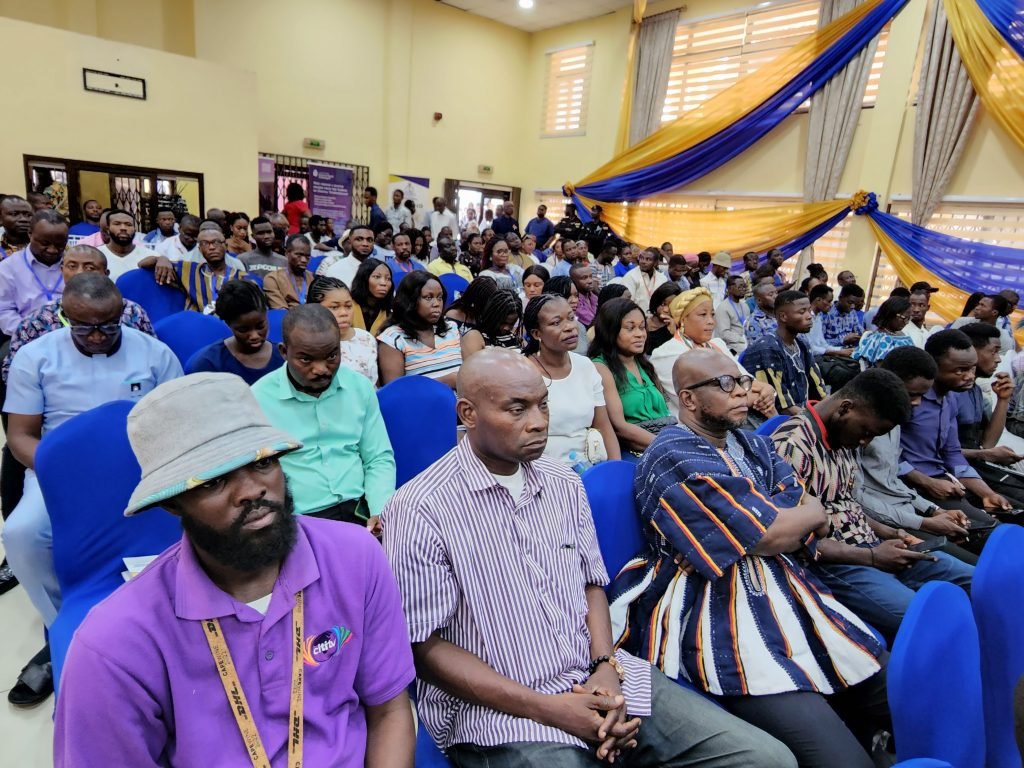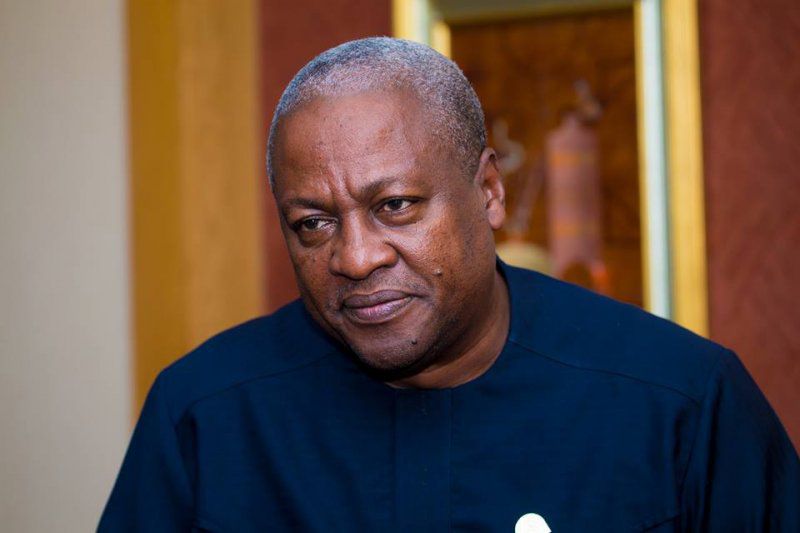
By Ken ASHIGBEY( Dr. Ing.)
In recent years, the proliferation of digital media platforms has been inseparably linked to the work of telecommunications to drive smartphone penetration, data, and internet services. This evolution has significantly impacted media consumption and television viewing, especially on emerging digital platforms.
Despite the gradual erosion of satellite TV broadcasting’s dominance due to shifting consumer behavior and channels adapting to these changes, a substantial gap remains in areas where access to smartphones and data services is limited by affordability or availability. Consequently, satellite TV continues to hold a significant market share.
The role of telcos in digital media consumption
Telcos have been pivotal in accelerating the adoption of smartphones and enhancing internet accessibility. By investing heavily in infrastructure, they have enabled a broader population to access digital media platforms. This has transformed how people consume content, shifting preferences towards on-demand streaming services and digital TV. However, this digital revolution has predominantly benefited urban and semi-urban areas with access to more developed infrastructure.
Bridging the digital divide
The launch of Multi TV 15 years ago exemplifies a strategic initiative to bridge the digital divide in television access. A collaboration between SES, KNET, and Multimedia Group, Multi TV was designed to democratize TV viewing, and currently provides over 5 million homes with access to television. This partnership capitalized on satellite technology to reach areas where cable and internet services were either unaffordable or unavailable, ensuring that a significant portion of the population could enjoy TV content.
At its inception, the world was transitioning from standard definition (SD) to the early stages of high definition (HD) broadcasting. Multi TV’s introduction came at a critical juncture, offering an accessible solution to many who otherwise would have remained disconnected from modern broadcasting trends.
The HD revolution
In 2020, SES advanced further with the launch of HD on the MultiTV Platform, providing a superior viewing experience with 5X clearer pictures, Local Channel Numbering (LCN), Personal Video Recorder (PVR) capabilities, and an Electronic Program Guide (EPG). This upgrade allowed everyday Ghanaian homes to catch up with global standards in television quality, significantly enhancing their viewing experience.
The transition to HD was not just a technological upgrade but a commitment to improving content quality and viewer satisfaction. This move was pivotal in retaining viewers amidst growing competition from digital platforms that offered superior picture quality and user interfaces.
The shift to Free-To-Air HD channels
Recently, HD announced a business model shift from a subscription model to a Free-To-Air (FTA) business model, a shift with far-reaching implications for the television market in Ghana. This transition is expected to foster greater collaboration among satellite operators like SES, telcos, advertisers, and content producers. By offering HD as FTA, there is potential to open up the space for more innovation and expansion, addressing the market saturation in urban areas and extending quality content to underserved regions.
Collaborative synergies and market expansion
The FTA model’s success hinges on robust collaboration across the broadcasting ecosystem. Telcos can leverage their extensive networks to enhance distribution, ensuring that more households can access HD content. Advertisers, attracted by the expanded reach and improved content quality, are likely to increase their investment in television advertising, driving revenue growth for broadcasters.
Moreover, content producers will be incentivized to create higher quality, diverse programming, knowing they can reach a broader audience. This dynamic creates a virtuous cycle of investment and innovation, ultimately benefiting viewers with richer and more varied content.
The evolution of digital media platforms, incited by telcos’ efforts to increase smartphone and internet penetration, has reshaped the media landscape. While this trend has challenged traditional satellite TV’s dominance, initiatives like Multi TV and the HD transition demonstrate the enduring relevance and adaptability of satellite broadcasting.
The shift to an FTA model for HD is poised to drive further collaboration and innovation, expanding the TV market in Ghana and ensuring that quality television remains accessible to all. As the industry continues to evolve, these partnerships will be crucial in navigating the future of media consumption and broadcasting.
>>>the writer is CEO of Ghana Chamber of Telecommunications
The post Bridging digital divide – resilience of satellite TV in the age of digital media appeared first on The Business & Financial Times.
Read Full Story



















Facebook
Twitter
Pinterest
Instagram
Google+
YouTube
LinkedIn
RSS